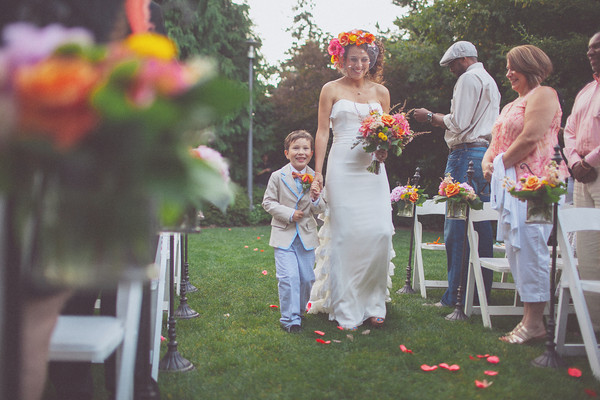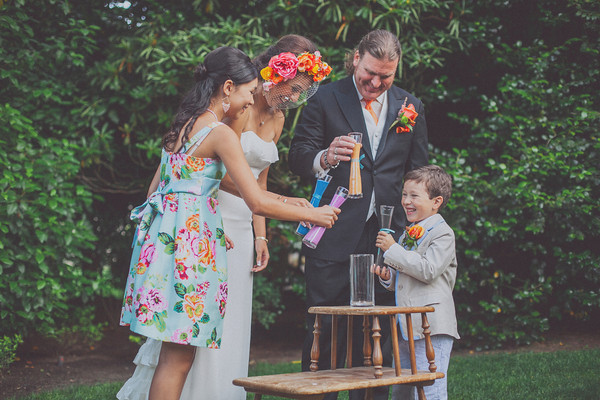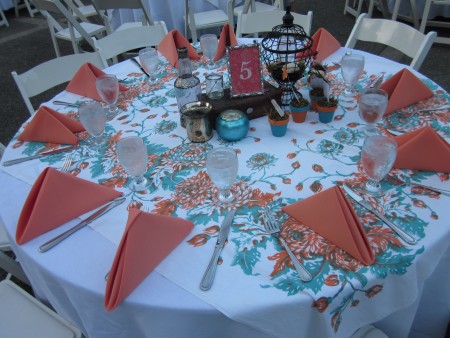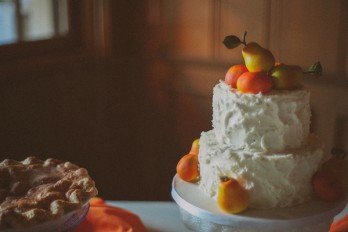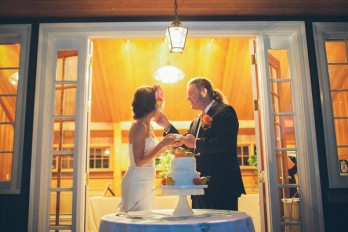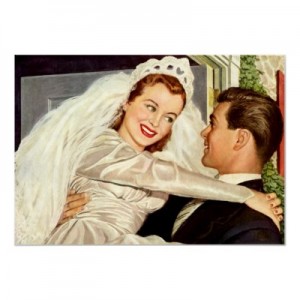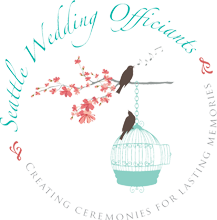Each week I will examine a wedding custom, ritual or tradition that has been passed from generation to generation. We’ll look at it’s origin and how it has influenced the lives of our ancestors and hot it impacts us today. We’ll also look at how we create our own customs and how these new traditions are a reaction to and a reflection of our changing world.
Where did the wedding custom of “something old, something new, something borrowed, something blue” come from?
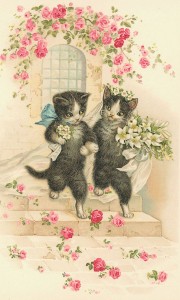
The next line of this old saying actually hints at its origin. The complete phrase is:
Something old, something new
Something borrowed, something blue
And a silver sixpence in her shoe.
A sixpence is a coin that was minted in Britain from 1551 to 1967. It was made of silver and worth six pennies. So this wedding tradition is definitely English, and many sources say that it began in the Victorian era.
Each item in this poem represents a good-luck token for the bride. If she carries all of them on her wedding day, her marriage will be happy. “Something old” symbolizes continuity with the bride’s family and the past. “Something new” means optimism and hope for the bride’s new life ahead. “Something borrowed” is usually an item from a happily married friend or family member, whose good fortune in marriage is supposed to carry over to the new bride. The borrowed item also reminds the bride that she can depend on her friends and family.
As for the colorful item, blue has been connected to weddings for centuries. In ancient Rome, brides wore blue to symbolize love, modesty, and fidelity. Christianity has long dressed the Virgin Mary in blue, so purity was associated with the color. Before the late 19th century, blue was a popular color for wedding gowns, as evidenced in proverbs like, “Marry in blue, lover be true.”
And finally, a silver sixpence in the bride’s shoe represents wealth and financial security. It may date back to a Scottish custom of a groom putting a silver coin under his foot for good luck. For optimum fortune, the sixpence should be in the left shoe. These days, a dime or a copper penny is sometimes substituted, and many companies sell keepsake sixpences for weddings.
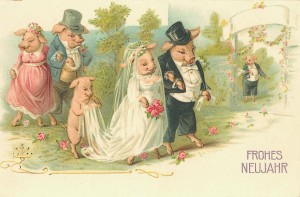
Please share with the readers the items you collected for your Something Old, Something New, Something Borrowed, Something Blue tradition on your your wedding day.


